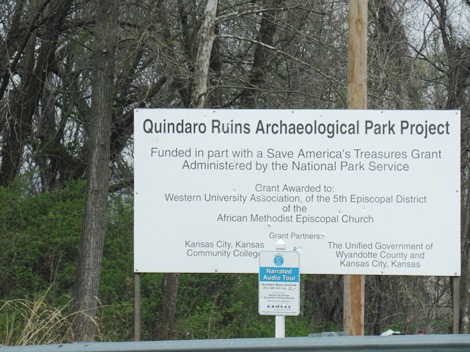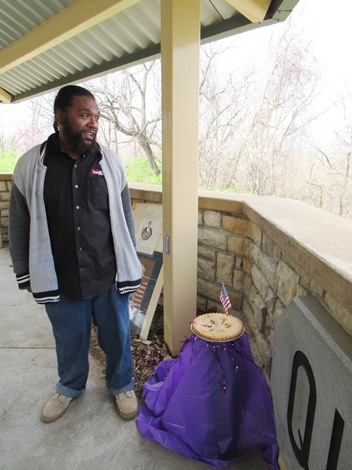
by Mary Rupert
The 150th anniversary of the end of the Civil War did not go unnoticed today in Kansas City, Kan.
A lone Kansas City, Kan., resident, Marvin Robinson, with a local clergywoman, the Rev. Maryannah Mosley, commemorated the 150th anniversary with 150 minutes of silence and a prayer at noon on an overcast and windy spring day at the Quindaro Ruins Overlook near 27th Street and Sewell Avenue.
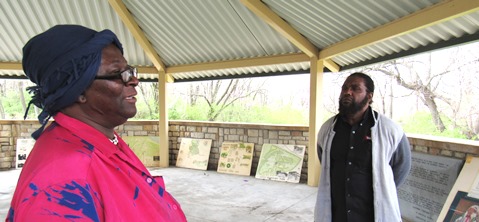
The community was invited to reflect on the attributions, contributions, investments, and sacrifice for liberty and freedom for the Union in the mid-1800s, Robinson said. It was part of a national effort to hold a moment of silence to commemorate the end of the Civil War 150 years ago.
Robinson said that John Reynolds, a state historian who died in 1997, once said the Quindaro Ruins were as American as apple pie and the American flag.
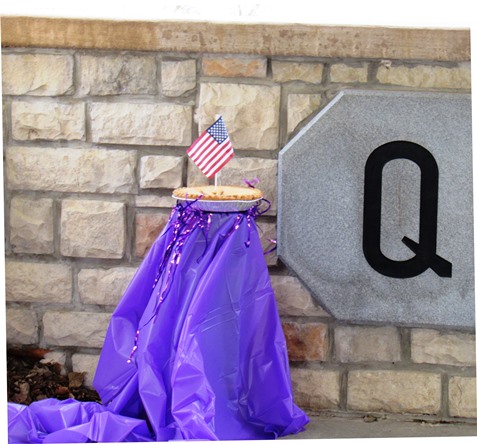
Old Quindaro town was thriving in the pre-Civil War days, with the arrival of abolitionists, and was a busy trade center with its location on the Missouri River banks in what is now northeast Kansas City, Kan. There was no Civil War battle here, but at one point troops were quartered at Quindaro and there were some smaller war-related places in Wyandotte County, such as the Redlegs headquarters on Leavenworth Road, Robinson said.
It is the largest archaeological Underground Railroad site in North America, Robinson said, and it helped to carve and sculpt the country into union and freedom.
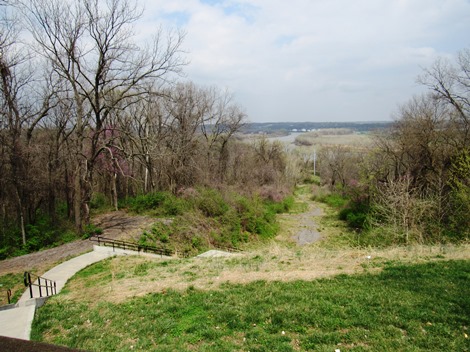
Quindaro wasn’t just a place where people escaped to their freedom, it was also a place where they could join the Union Army and be among the first to die for freedom, Robinson said.
The old town of Quindaro met its demise during the Civil War era, as Union troops that had been quartered there were celebrating a victory when a fire broke out and the town burned down, Robinson said.
Robinson has hopes that the Quindaro Ruins site will become a way to create jobs and boost pride in the community. Education is one of his goals, he said, as information about old Quindaro is scattered about in different areas now.
The nearby Old Quindaro Museum and John Brown Statue at 27th and Sewell also are part of the historic Quindaro area.
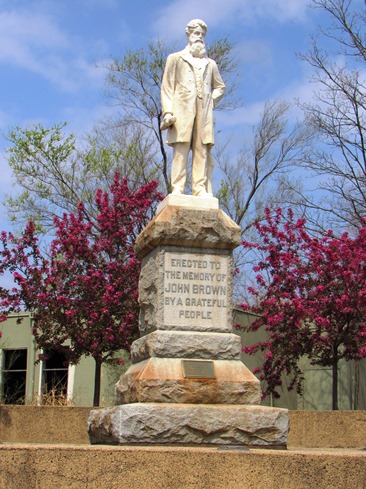
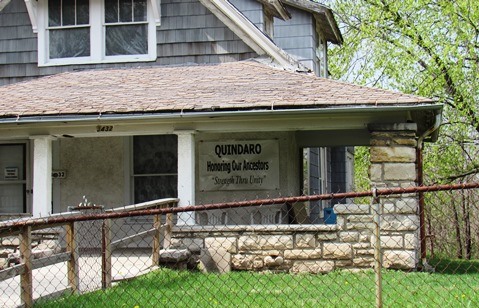
Robinson said he hopes one day that the Quindaro Ruins will be named a national landmark through the Interior Department. So far, the local and state historic study needed for the designation has not been completed, he said.
